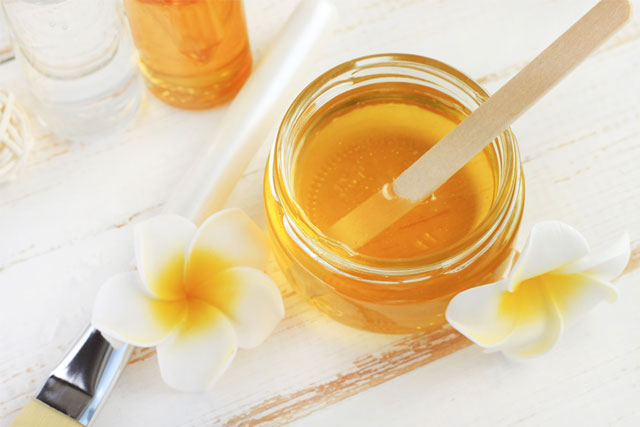Everyone loves a scoop of ice cream or slice of cake now and then, but evidence strongly suggests we’re all enjoying those sweet treats a little more than we should.
Around the world, sugar consumption is rising and many people are now receiving well above the recommended daily dose (no more than 50g per day). In Singapore, the average intake is around 60 grams per day.
An ever-growing body of literature cited by the World Health Organisation links excess sugar consumption to poor health outcomes, from tooth decay to obesity, type 2 diabetes and cardiovascular disease.
If we want to live healthier, longer — and spend less on expensive medical bills in future — it’s clear we’re probably better off putting a little less into our morning cuppa from today. That doesn’t mean we need to cut sugar out of our lives completely, however.
There are plenty of uses outside the kitchen, so you can still make use of those leftover bags and little sachets in the pantry. As it turns out, sugar has a surprising range of health- and lifestyle-related applications.
Here are a few:
1. Exfoliating scrub and anti-ageing cream
Sugar can be mixed with olive oil and other ingredients to make an exfoliating paste for cosmetic use.
The friction created when granules pass over the surface gently removes dead skin, leaving behind a smoother surface with fewer blemishes. Sugar also contains alpha hydroxy acids which also helps to promote thickness in deeper layers of skin, increasing firmness.
2. Relieving minor pain on the tongue
Avoid adding sugar to coffee or other hot drinks but keep it handy in case you burn your tongue.
We all know the feeling of biting into hot food or sipping a drink that needed just a little longer to cool. Burns to the tongue and palate are painful and the not-quite-right feeling they leave behind lasts for hours.
Sugar is a widely used home remedy for treatment of tongue burn. Evidence suggests a spoonful of sugar dissolved on the tongue can help and although the precise reason remains a mystery, it seems sugar has detectable analgesic properties.
3. Keeping flowers fresh
Florists swear by the preserving powers of sugar to keep cut flowers fresh, although many also recommend mixing it with apple cider vinegar. It is claimed that sugar continues to feed the flowers nutrients while the vinegar works to counteract growth of mould that might attack their stems.
One thing science is certain about is that sugar has pronounced anti-microbial properties. That’s one reason why it has also been used for thousands of years to preserve food.
Like salt, sugar enters the internal structures of the food or cut flowers, displacing some of the water that would normally be there. Microbes need water to grow, so the sugar makes it harder for them, preserving the flowers for a longer period of time.
4. Curing hiccups
Eating too fast (hopefully not something sugary) causes hiccups, a spasm in the diaphragm which forces the lungs to take in sudden, tiny gulps of air.
It’s not usually a health hazard but it’s annoying and it turns out sugar can make yet another effective home remedy. One theory of why this works is that the sudden taste of something sweet disrupts (or perhaps distracts) the vagus nerve, which connects the brain to the stomach.
Disclaimer:
The information in this article does not necessarily reflect the views of Prudential Assurance Company Singapore Pte. Ltd. Certain information in this article may be taken from external sources, which we consider reliable. We do not represent that this information is accurate or complete and should not be relied upon as such.
This article is for your information only and does not consider your specific investment objectives, financial situation or needs. We recommend that you seek advice from a Prudential Singapore Financial Consultant before making a commitment to purchase a policy.
